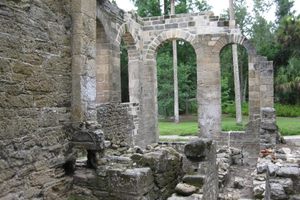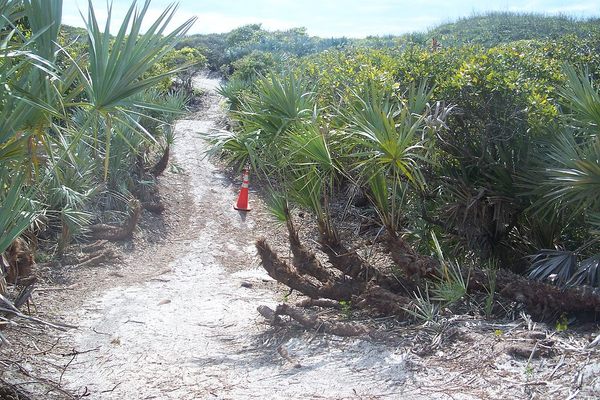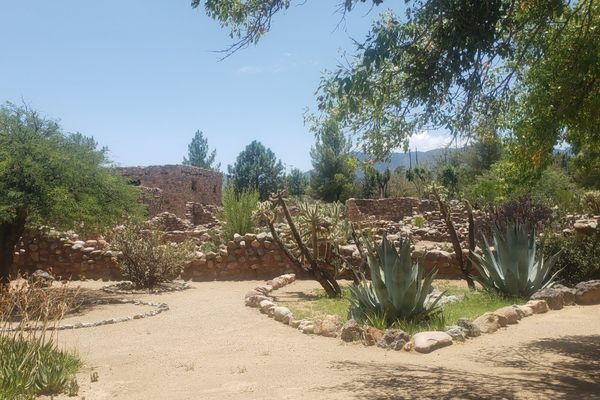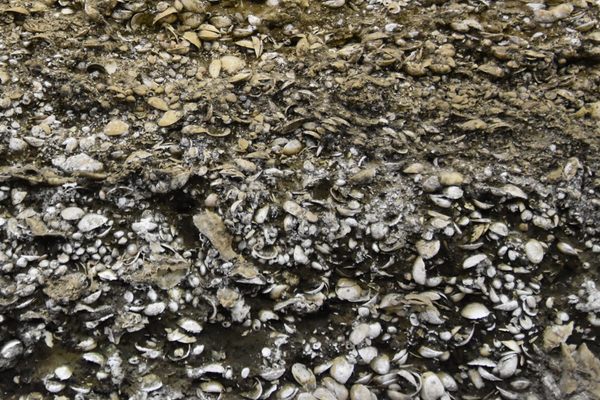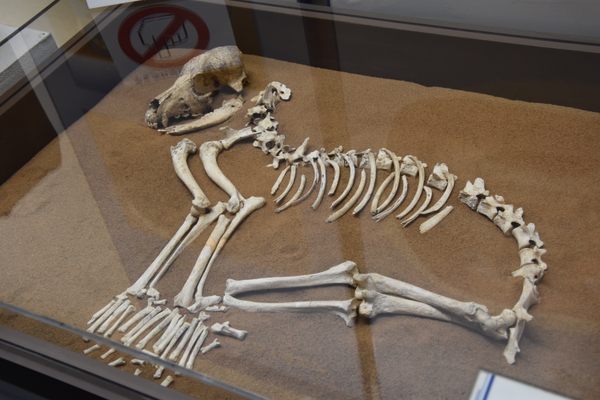About
At over 50 feet tall, this shell midden is one of the largest discovered in the continental United States.
A shell midden is a prehistoric waste site where neighboring people would dispose of their refuse, mainly animal remains and discarded ceramics. In the case of Turtle Mound, the majority of the waste is made up of oyster shells. It's estimated that currently, the mound contains 35,000 cubic yards of shells.
Archaeologists dispute the exact age of the mound, but most conclude the site was used between 800 and 1400. As there has never been a complete excavation conducted at the site, the full history of the mound is unknown.
What is known, however, is that the site was used by people from the Timucuan culture, an indigenous society that once populated most of Central Florida and parts of North Florida and South Georgia. At the time of European contact, the Timucua people may have numbered as many as 200,000. Decimated by war, slavery and disease, the last Timucua survivors were forcibly removed to Cuba by the Spanish after the 1763 handover of Florida to the British.
Turtle Mound has been known by many names since Europeans began settling in Florida. It's been called, at times, Surruque, Mount Belvedere, the Rock, and Mount Tucker. Mariners used the mound for centuries as a reliable navigation landmark, as it is visible from up to seven miles off the coast. Though the mound was originally more than 75 feet high, miners looking to pave roads and use the ground shells for fertilizer reduced its height.
Currently, Turtle Mound occupies a portion of the Canaveral National Seashore and is administered by the National Park Service. It was added to the U.S. National Register of Historic Places in 1970. A scenic boardwalk weaves in and around trees that have grown from the midden and scales to an observation platform, providing amazing views of both the Atlantic Ocean and Mosquito Lagoon. Near the mound, you can find the remains of an early European American settlement, the ghost town of Eldora.
Related Tags
Know Before You Go
Canaveral National Seashore is open daily from 9 a.m. to 5 p.m. Park entry fees are $15 per vehicle.
Published
November 4, 2019
Sources
- https://www.nps.gov/cana/planyourvisit/basicinfo.htm
- https://npplan.com/parks-by-state/florida-national-parks/canaveral-national-seashore-park-at-a-glance/canaveral-national-seashore-hiking-trails/canaveral-national-seashore-turtle-mound-trail/
- https://www.nps.gov/nr/travel/geo-flor/34.htm
- https://www.trailoffloridasindianheritage.org/turtle-mound
- https://visitnsbfl.com/explore/arts-and-culture/turtle-mound-at-canaveral-national-seashore
- https://www.nps.gov/cana/learn/nature/upload/Scenic%20Vistas.pdf
- https://web.archive.org/web/20120503204514/http://volusiahistory.com/turtle.htm




















